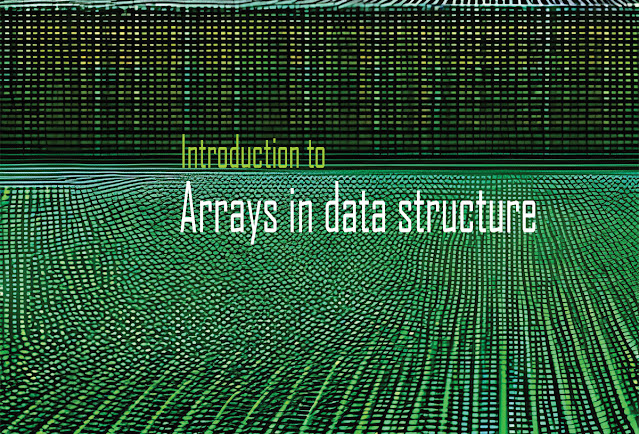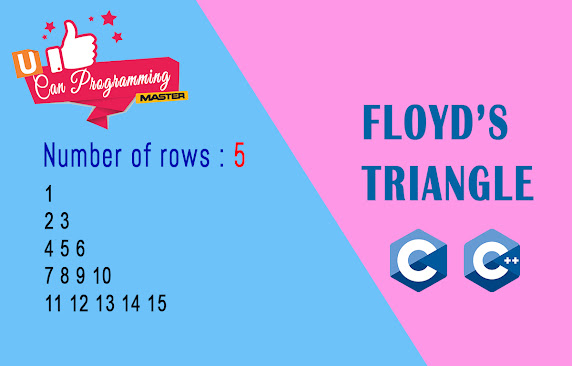Arrays

Arrays are a fundamental data structure in computer programming that allow you to store a collection of data of the same type in contiguous memory locations. An array is a collection of elements of the same data type, each identified by an index or a subscript. The elements in an array can be accessed by their index value. The first element in an array is typically indexed with 0, and the last element is indexed with n-1, where n is the total number of elements in the array. Arrays can be used to represent a variety of data structures, including lists, stacks, and queues. They are useful for storing large amounts of data that can be accessed and processed quickly. Here's an example of declaring and initializing an array of integers in C: int arr[5] = {1, 2, 3, 4, 5}; In this example, we declare an array of integers called arr with 5 elements. We initialize the array with the values 1, 2, 3, 4, and 5. To access an element in the array, we can use its index value: int x = arr[0


